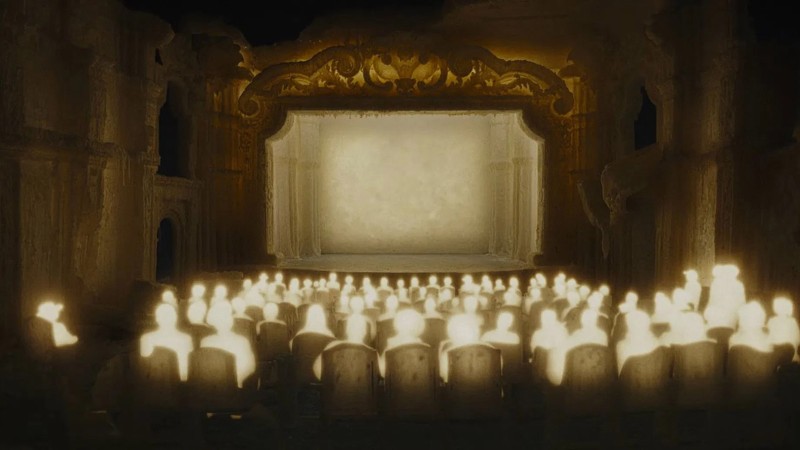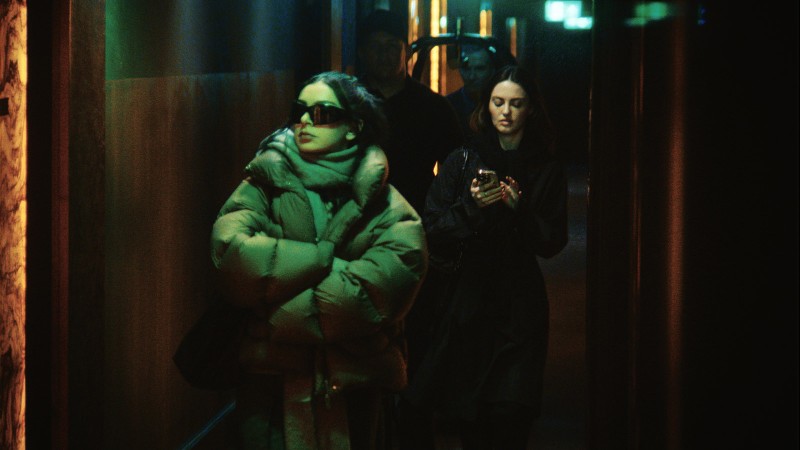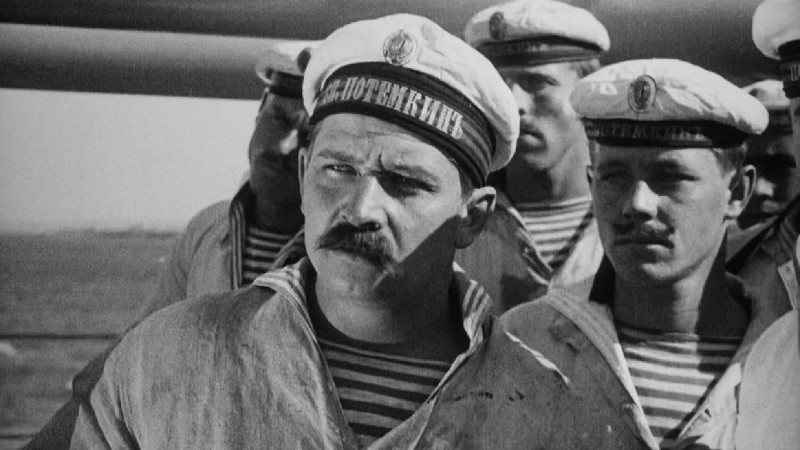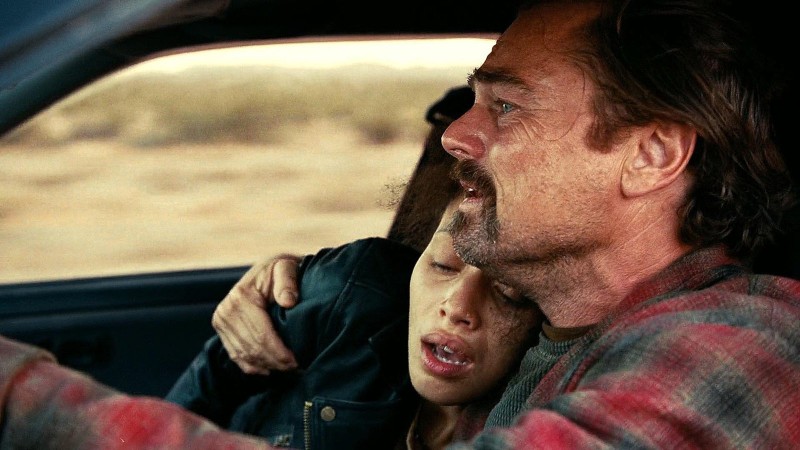Directors’ Fortnight’s Old Hands and Fresh Faces

Robert Eggers’s The Lighthouse, starring Willem Dafoe and Robert Pattinson as a pair of salty wickers (as lighthouse keepers were called back in the 1890s), was one of the hottest tickets and top critical favorites at this year’s Cannes Film Festival. It premiered in the Directors’ Fortnight, the independent parallel section that has no jury and presents no awards. Its sponsors do, though, and this year, a jury of Europa Cinemas exhibitors presented its Europa Cinema Label to Nicolas Pariser’s Alice and the Mayor. The French Writers’ Guild selected Rebecca Zlotowski’s An Easy Girl as the best French feature in the lineup, and Illy has given its award for best short film to Pham Thien An’s Stay Awake, Be Ready.
In Pariser’s debut feature, The Great Game (2015), the impending publication of a novel threatens to rattle the foundations of the French government. Alice and the Mayor appears to be a more modest affair in both scale and tone, focusing on a respected mayor of Lyon (Fabrice Luchini) who’s run out of ideas. A young philosopher (Anaïs Demoustier), fresh from Oxford, is brought in to reboot the office. “Deeply influenced by Eric Rohmer in the way it aspires to use philosophical dialogue to reveal something about the people behind the talk,” writes Jay Weissberg in Variety, “Pariser unfortunately tips the conversation scales far into tilt, resulting in a movie so enamored by its self-perception of cleverness that even policy wonks will find it hard to muster enthusiasm.” But Screen’s Lisa Nesselson finds that the interactions between Alice and the mayor are “our gateway into a lively, funny, and touching exploration of the way we live now through the filter of two generations.”
Pariser actually studied under Rohmer, and Rebecca Zlotowski cites Rohmer’s La collectionneuse (1967) as an influence on An Easy Girl. It’s “a summer popsicle of a movie set in Cannes,” writes Ed Frankl at the Film Stage. Sixteen-year-old Naïma (newcomer Mina Farid) is joined on the Riviera by her cousin from Paris, Sofia (designer and model Zahia Dehar), who’s six years older and eager to show Naïma how to make the most of her vacation. Wielding what the Hollywood Reporter’s Jon Frosch calls her “her insatiable appetite for pleasure and dual superpowers of seduction and provocation,” Sofia proves to be “sweet-tempered and nurturing in a big-sisterly way”—and pretty sharp, too. “Zlotowski points to our own assumptions about the mutual exclusivity of beauty and intelligence,” writes Frosch, “as well as our stubborn, if sometimes unconscious, conceptions about the ‘acceptable’ way for women to wield and enjoy their sexuality.” Writing for Another Gaze, Rebecca Liu observes that “when we look at Sofia, we’re not looking at a person but our own sublimated fears of what a woman can be and do.”
Old Hands
Along with The Lighthouse, we’ve also posted overviews of initial critical response to Deerskin, Quentin Dupieux’s Fortnight opener, and Zombi Child, in which Bertrand Bonello addresses the legacy of French colonialism. Among the other filmmakers with solid track records presenting films in the Fortnight this year was Lav Diaz, who has written, produced, directed, shot (with Daniel Uy), and edited The Halt. He’s even laid down a bit of noise guitar on the soundtrack. Running just over four and a half hours, the black-and-white film is set in 2034. Power-mad Filipino president Nirvano Reyes Navarro (Joel Lamangan) rules over what’s left of the population after a flu epidemic has claimed millions of lives. Volcanic eruptions have kept the skies dark for the past three years.
The Halt is “a claustrophobic and exceptionally bleak lament over the Philippines’ current political reality,” writes Giovanni Marchini Camia for Sight & Sound. The “ambience that Diaz conjures and maintains throughout” is “what gives purpose to The Halt’s extreme length. By immersing the viewer in the despondency that incapacitates his characters—presumably the suspension referred to by the film’s title—Diaz renders their overcoming of this condition as a feat at once heroic and vital.” The Notebook’s Daniel Kasman finds that “the emotion of The Halt is never less than bracing, its parody searingly grotesque, and its forlorn atmosphere genuinely distressing, but most of the film’s strands and anecdotes nevertheless are not as compelling as some of the stories contained in Diaz’s other recent films. Yet it is impossible to look away from such a direct missive of despair and yearning from inside one of today’s most appalling regimes.” For Jonathan Romney in Screen, while The Halt “may not be an absolute high point in his prolific output,” it “certainly stands out in its ambition and, indeed, its political rage.”
Few filmmakers are as prolific as Takashi Miike, whose First Love is his 103rd feature. Over the course of a single night, a boxer and a call girl are chased all over Tokyo by rival Japanese yakuza and Chinese triads. Its “full-bore filmic frenzy as only Miike can make,” writes Michael Leader for Sight & Sound. “What starts as a crime thriller set amongst rat-infested alleyways and sickly, fluorescent-lit storefronts gathers gonzo momentum as Miike shifts between slapstick farce and nutty, cartoonish ultraviolence.” At the Film Stage, Rory O’Connor notes that the final brawl “finds one character rubbing a bag of heroin into a gushing wound merely to keep himself going. At one point Miike switches, for less than ten seconds, to full-blown anime. Chaos is his muse; his flex; and a gift to cinema that keeps on giving.”
Lech Kowalski has been making documentaries for well over four decades now, and he’s still probably best known for his punk rock doc D.O.A. (1980). In 2017, he took his camera to rural France where an auto parts factory was on the verge of shutting down. Blow It to Bits tracks the efforts of around 300 workers to save their jobs, and in the Hollywood Reporter, Jordan Mintzer finds that “the film offers up a powerful glimpse of protest from the inside, revealing the debilitating effects of a long-term strike that nonetheless offers certain rewards—especially in the camaraderie that the strikers find amongst each other.”
Seasoned documentary filmmaker Andreas Horvath has based his fiction feature debut, Lillian, on the true story of a woman who disappeared in 1927. Horvath’s Lillian, played almost wordlessly by Polish artist Patrycja Planik, is living in the here and now, but her visa has expired and the New York porn producer she’s been working for sneers, “Go back to Russia, it’s the land of opportunity.” She sets out to do just that—on foot. The Austrian director and his producer, Ulrich Seidl, present “a fascinating journey with a myriad of characters that continues in the great vein of European filmmakers, from Bruno Dumont to Wim Wenders, who use the road movie as a template to explore America,” writes Kaleem Aftab at Cineuropa. The Hollywood Reporter’s Deborah Young finds that Horvath’s cinematography “can be dazzling and spectacular” and a “rich soundscape of natural noises makes up for the lack of dialogue.”
Fresh Faces
Belgian director Bas Devos has followed up on his award-winning debut feature, Violet (2014), with two films this year. Hellhole, which premiered in Berlin just a few months ago, takes its title from Donald Trump’s description of Brussels following the bombings that rocked the European capital in 2016. “Some people who saw Hellhole went, ‘Wow, what a sad and terrifying place!,’” Devos tells Jan Lumholdt at Cineuropa. “This was not my intention, and I had certainly hoped to show a ray of light at the end. ‘My God, what have I done?’ I thought. I felt drained and in dire need of new energy. I could have taken a three-month holiday, but instead I chose to write a film.”
That film is Ghost Tropic. Saadia Bentaïeb, an actress known for her work in French theater (though she’s also had small roles in Robin Campillo’s BPM (Beats Per Minute) and Zombi Child), plays a cleaning woman who falls asleep on the last subway and wakes up at the end of the line. She has no choice but to walk home. “Shot on 16 mm and keenly attuned to the nocturnal rhythms of a city during those quiet hours when most of its denizens are asleep, this meditative piece sidesteps ponderousness thanks to its modesty and inquisitiveness,” finds Screen’s Tim Grierson. “Bentaïeb’s performance is a gem of minute gradations—every look, pause, and reaction matters.” Devos tells Lumholdt that, following a screening in Cannes, “someone said that my film was the first he’d seen this year ‘without fear.’ ‘Yes! I’ve done it,’ I said to myself.”



